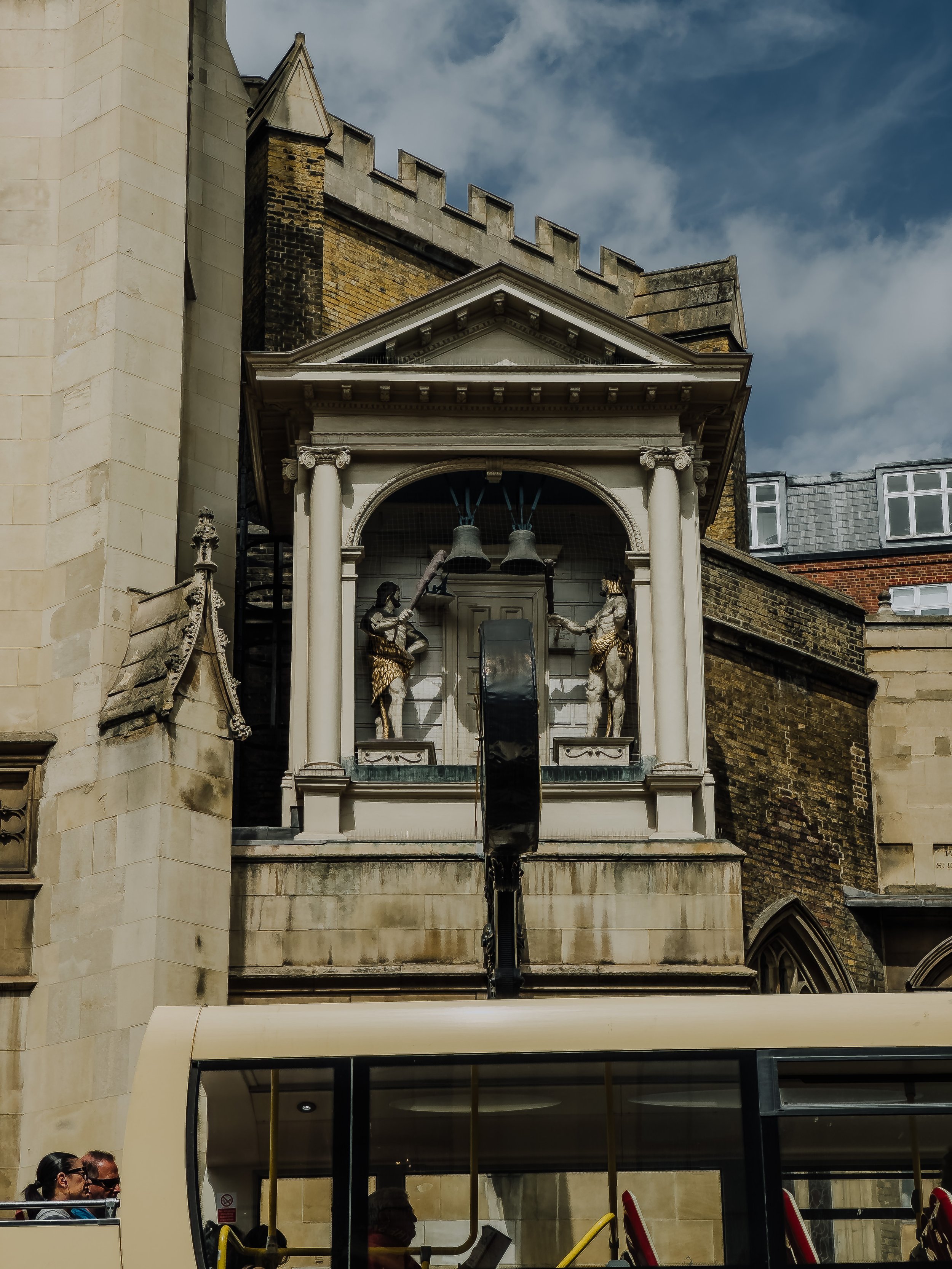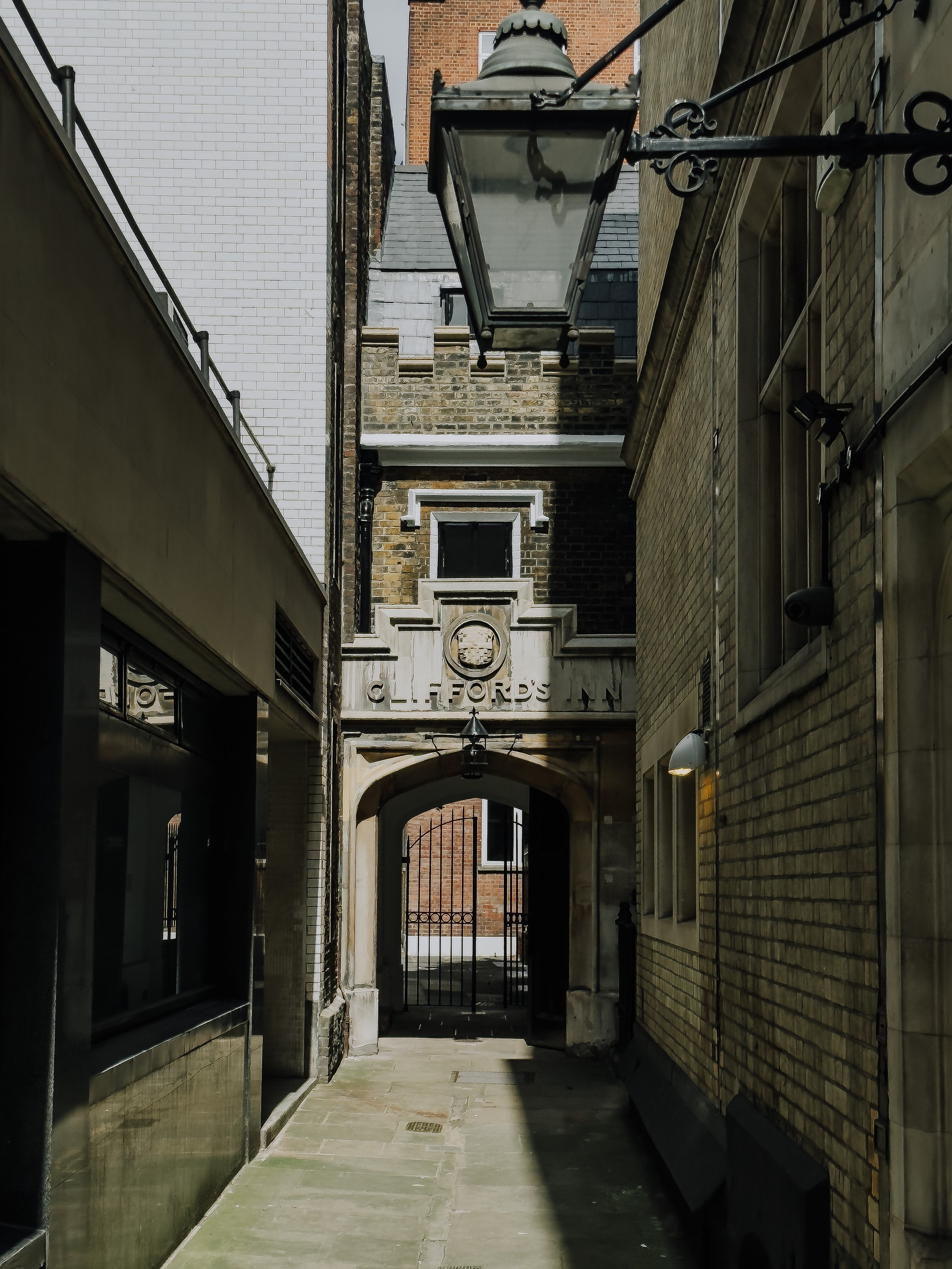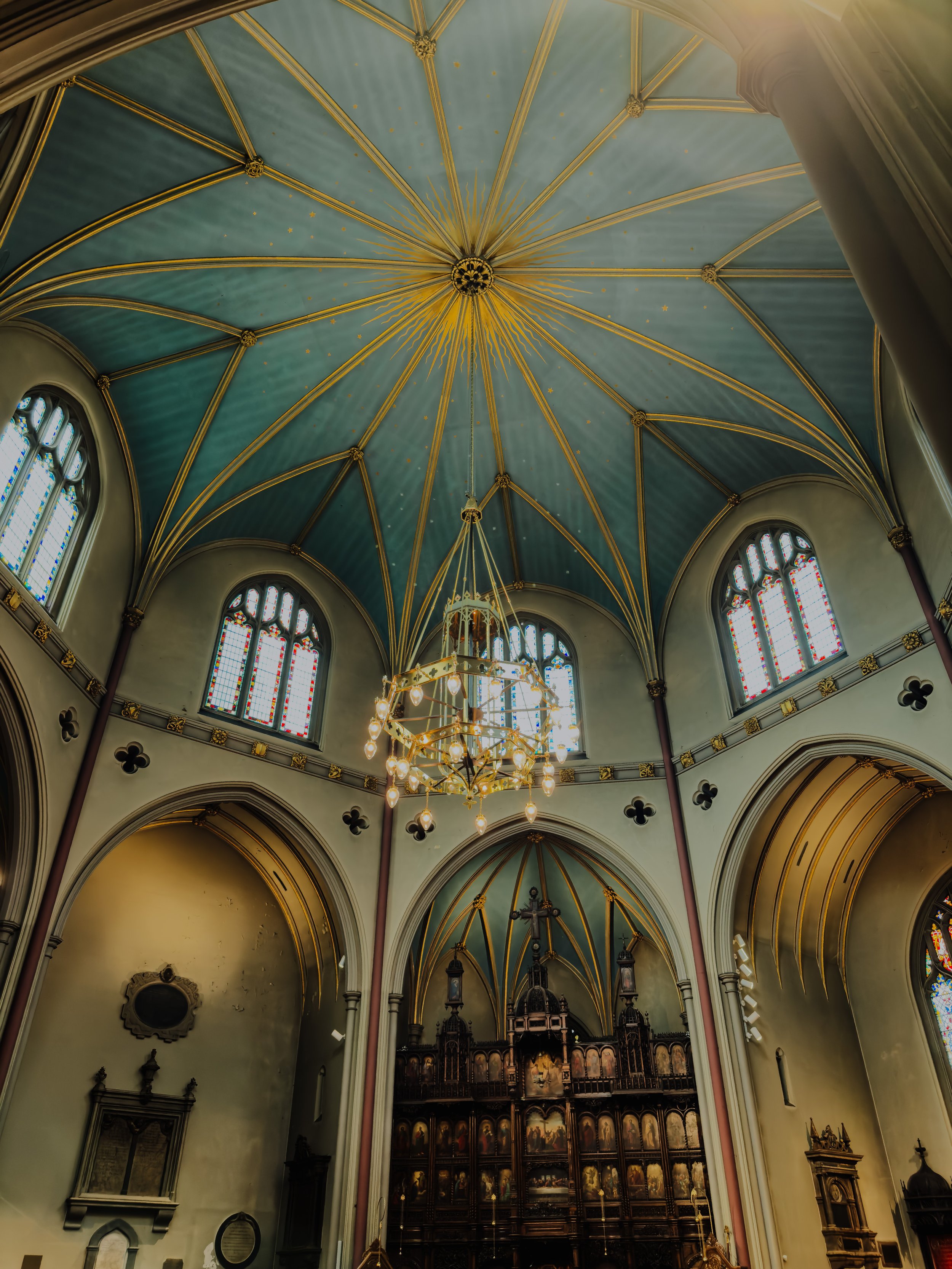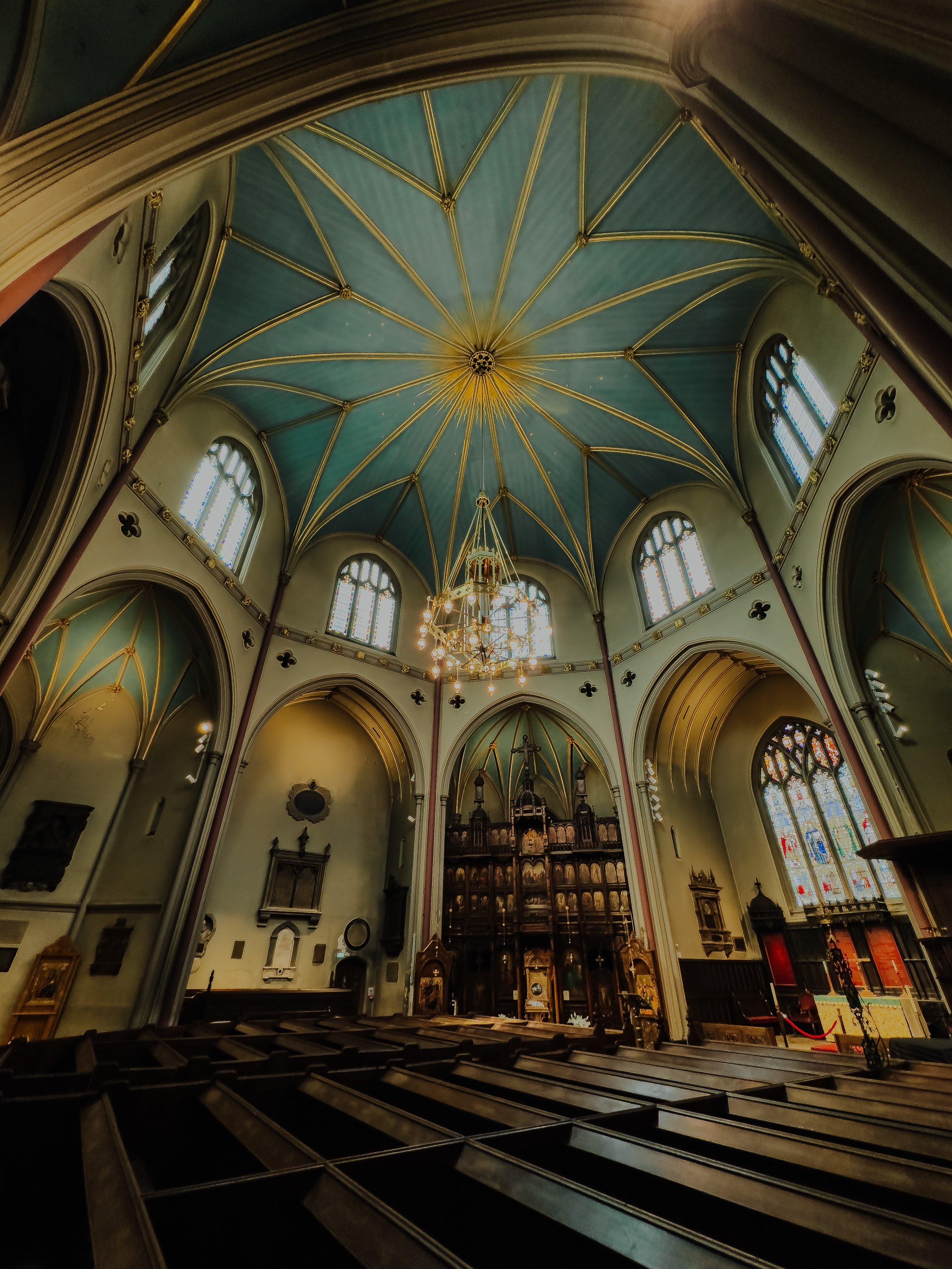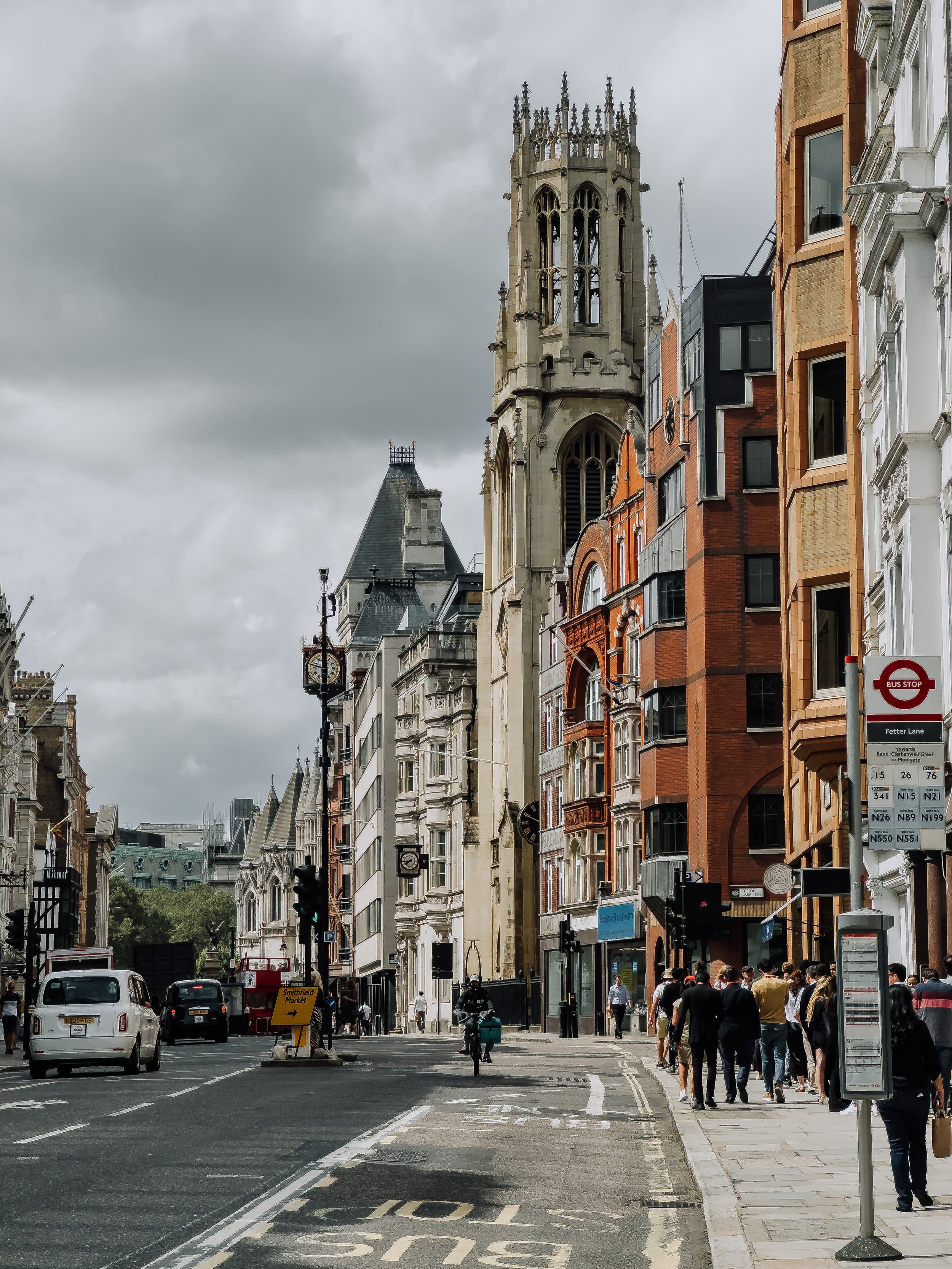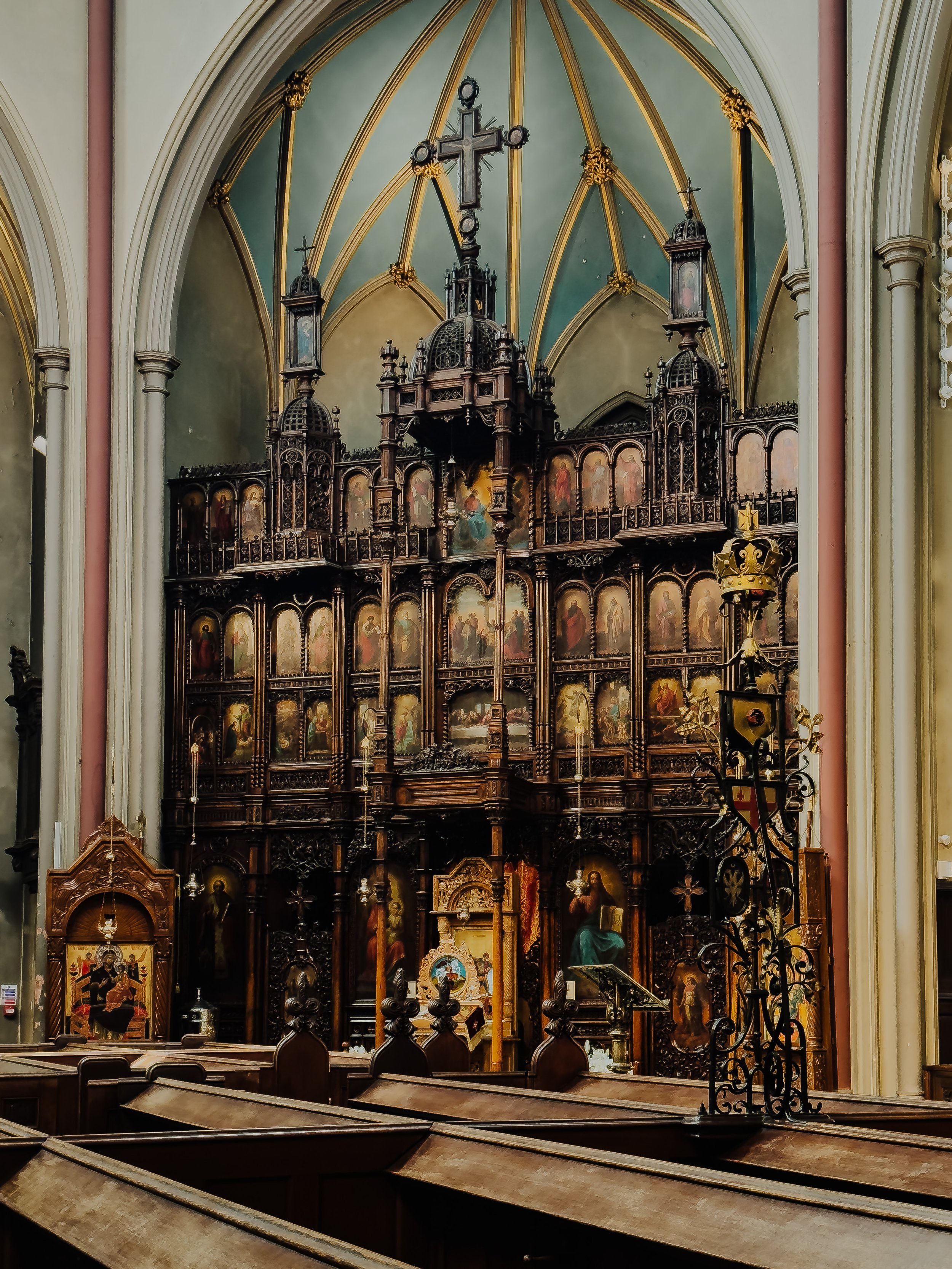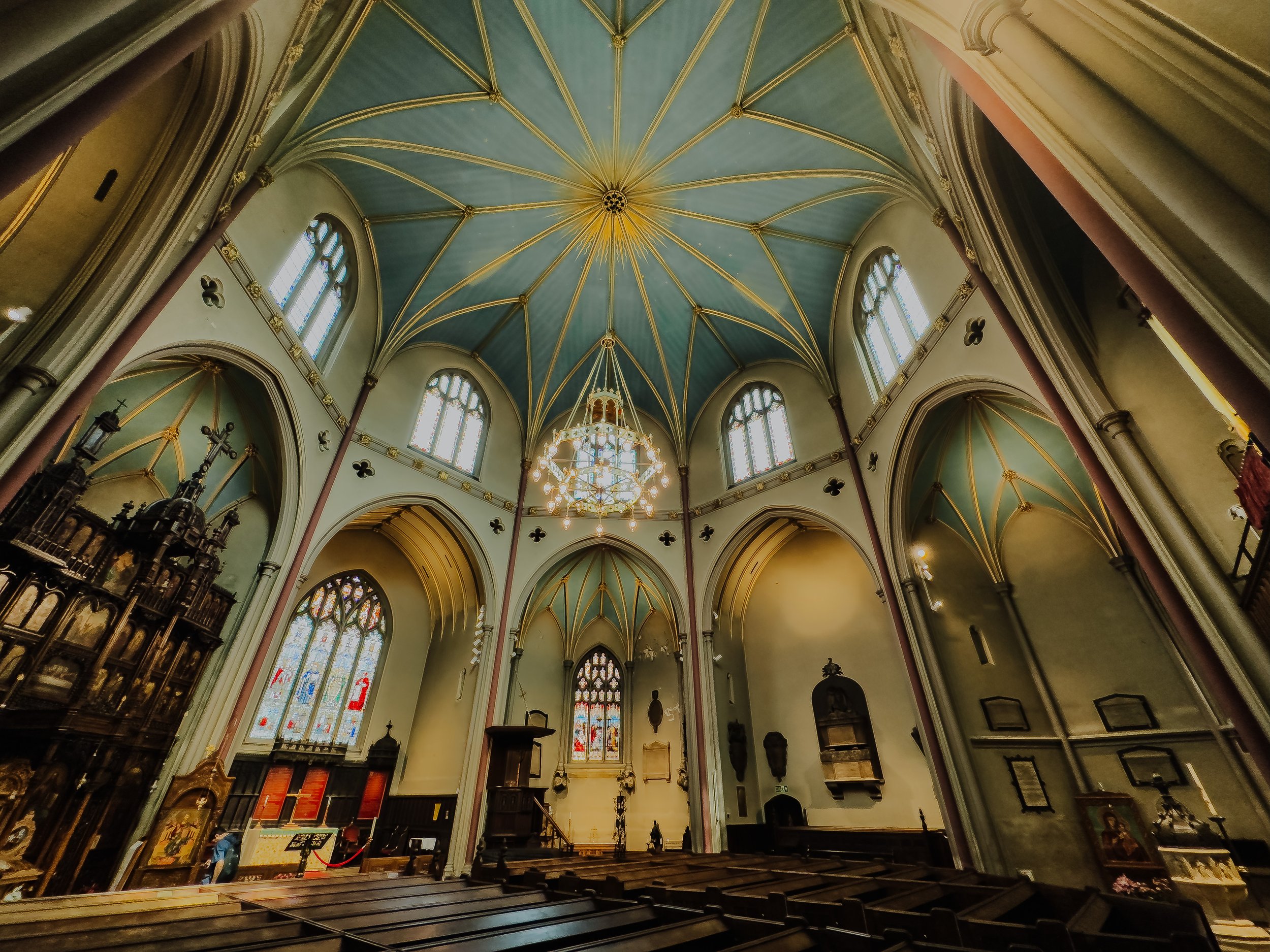
St Dunstan in the West
St Dunstan-in-the-West is a church located in the City of London, England. It was originally built in the 10th century, and has undergone numerous renovations and reconstructions over the centuries. The church is named after St Dunstan, who was the Archbishop of Canterbury in the 10th century and is considered the patron saint of goldsmiths, musicians, and locksmiths.
The current building was constructed in the 19th century, but still features parts of the original structure, including the tower and some of the walls. The church is known for its distinctive clock, which was designed by the clockmaker John Smith in 1671 and features two figures, known as "Gog" and "Magog," who strike the bells with their hammers every hour.
A statue of Queen Elizabeth I, from 1586 sits on the wall which was taken from Ludgate, one of the old gates of london and installed on the church.
Throughout its history, St Dunstan-in-the-West has played an important role in the religious and cultural life of London. It has hosted numerous important events, including the wedding of the diarist Samuel Pepys in the 17th century. Today, the church continues to be an active place of worship and a popular destination for visitors interested in the history and architecture of London.
The ceiling inside the church, with its 8 sides, designed that way to fit in the small space.
The church is one of the churches in England to share its space with the Romanian orthodox community, this iconostasis was from a monastery in Bucharest.

